Inorganic Nanowires —— Applications, Properties, and Characterization
----- 无机纳米线:应用、性能与特征
Advances in nanofabrication, characterization tools, and the drive to commercialize nanotechnology products have contributed to the significant increase in research on inorganic nanowires (INWs). Yet few if any books provide the necessary comprehensive and coherent account of this important evolution. Presenting essential information on both popular and emerging varieties, Inorganic Nanowires: Applications, Properties, and Characterization addresses the growth, characterization, and properties of nanowires. Author Meyyappan is the director and senior scientist at Ames Center for Nanotechnology and a renowned leader in nanoscience and technology, and Sunkara is also amajor contributor to nanowire literature. Their cutting-edge work is the basis for much of the current understanding in the area of nanowires, and this book offers an in-depth overview of various types of nanowires, including semiconducting, metallic, and oxide varieties. It also includes extensive coverage of applications that use INWs and those with great potential in electronics, optoelectronics, field emission, thermoelectric devices, and sensors. This invaluable reference: Traces the evolution of nanotechnology and classifies nanomaterials Describes nanowires and their potential applications to illustrate connectivity and continuity Discusses growth techniques, at both laboratory and commercial scales Evaluates the most important aspects of classical thermodynamics associated with the nucleation and growth of nanowires Details the development of silicon, germanium, gallium arsenide, and other materials in the form of nanowires used in electronics applications Explores the physical, electronic and other properties of nanowires The explosion of nanotechnology research activities for various applications is due in large part to the advances in the growth of nanowires. Continued development of novel nanostructured materials is essential to the success of so many economic sectors, ranging from computing and communications to transportation and medicine. This volume discusses how and why nanowires are ideal candidates to replace bulk and thin film materials. It covers the principles behind device operation and then adds a detailed assessment of nanowire fabrication, performance results, and future prospects and challenges, making this book a valuable resource for scientists and engineers in just about any field. Co-author Meyya Meyyappan will receive the Pioneer Award in Nanotechnology from the IEEE Nanotechnology Council at the IEEE Nano Conference in Portland, Oregon in August, 2011
{{comment.content}}
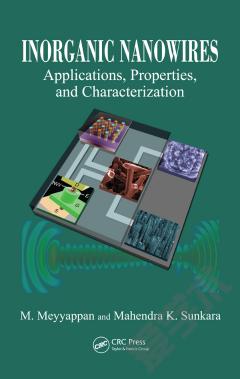
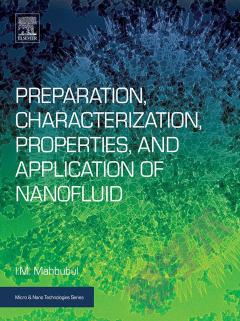
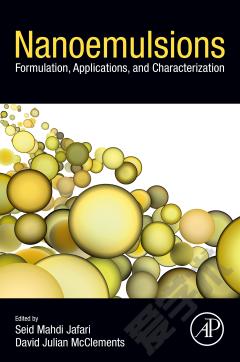
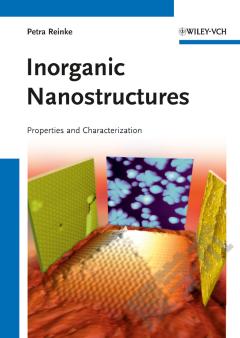


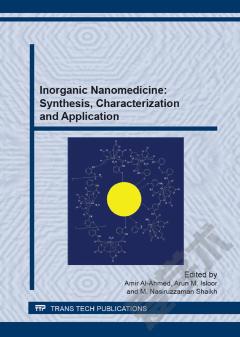

 京公网安备 11010802027623号
京公网安备 11010802027623号